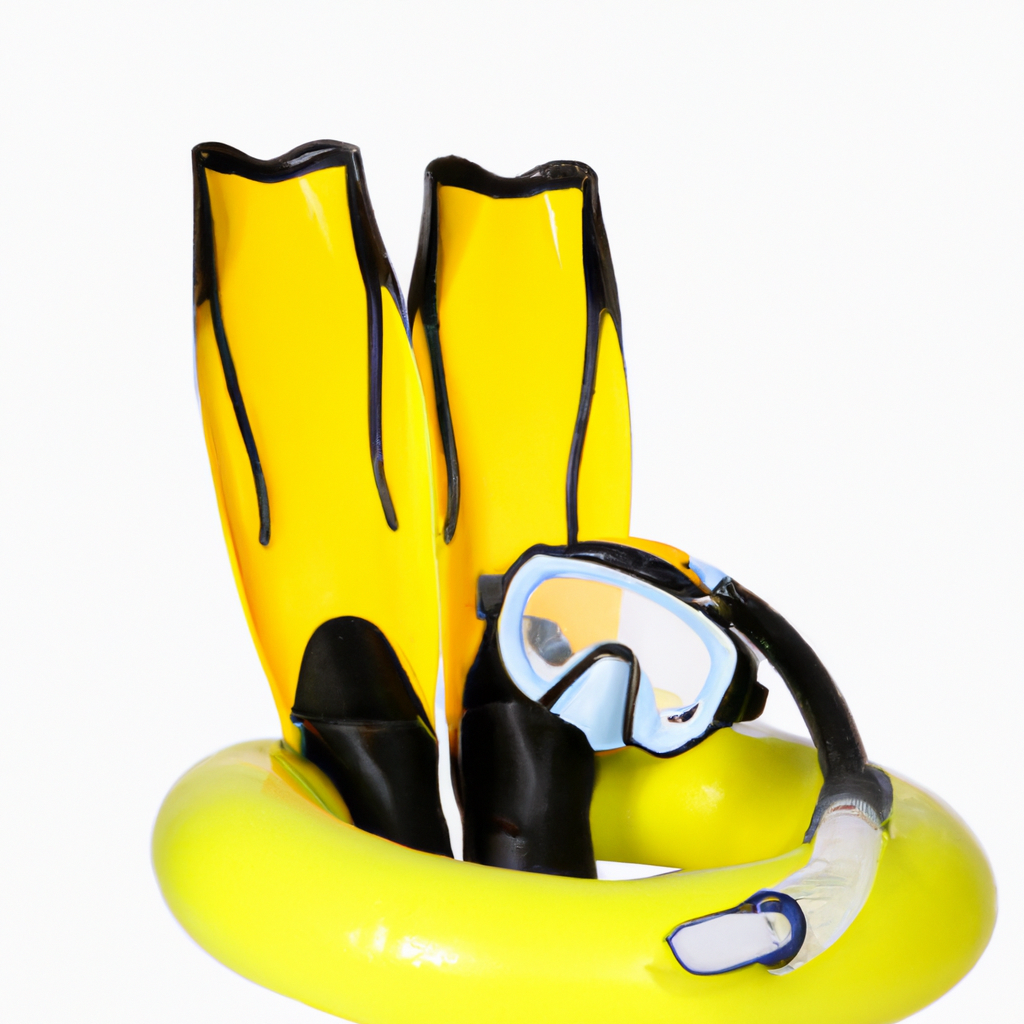Preparing for Adventure: Essential Equipment for Different Nautical Activities

Boating is a discipline that encompasses numerous activities and sports, each with its own list of necessary equipment to ensure both the enjoyment and safety of those who practice them. Whether you are planning to go sailing, immerse yourself in the thrill of sport fishing, ride the waves on a surfboard or explore the fascinating underwater world through recreational diving, being properly equipped is paramount. This article is intended as a comprehensive guide to help you understand and acquire the essential equipment for each of these nautical activities. Browse through each section to find out what you need to make your adventure on the water a safe and memorable experience.
- 1. "Essential equipment for sailing"
- 2. "Equipment required for sport fishing"
- 3. "Essential elements for surfing"
- 4. "Basic and safety equipment for recreational diving"
1. "Essential equipment for sailing"
Sailing requires a number of essential equipment to ensure a safe and enjoyable journey. The most obvious item is the sailboat itself, which must be well maintained. A number of sails are needed, including the mainsail, genoa and possibly a spinnaker, depending on wind conditions. Sailors will also need a reliable compass, nautical charts, a GPS and a VHF radio for navigation and communication. Safety equipment is equally crucial, including life jackets for all on board, flares, a first aid kit and a life raft. Additionally, tools for minor repairs, a flashlight, binoculars and clothing suitable for the weather conditions are indispensable. Finally, an anchor and rope are essential to stabilise the boat when necessary.
2. "Equipment required for sport fishing"
The equipment needed for sport fishing varies depending on the type of fishing being done, whether it is in saltwater or freshwater, from the shore or from a boat. However, there are some essential items that every sport fisherman should have. First, you need a fishing rod and reel appropriate to the type of fishing you are going to do. Lures and hooks are equally important, which should be selected based on the type of fish you are looking to catch. A life jacket is a must to ensure safety on the water, as is a tackle box to organize and store all your fishing equipment. Other useful items might include a hat for sun protection, a multi-purpose knife, pliers for removing hooks, and of course, a valid fishing license.
3. "Essential elements for surfing"
Surfing requires not only skills and a strong connection with the ocean, but also the right equipment to ensure a safe and enjoyable experience. First of all, a good surfboard is a must; the choice of size and shape will depend on the surfer's skill level and the sea conditions. Longer boards are generally better for beginners, while shorter ones offer greater maneuverability for advanced surfers. Additionally, a wetsuit is essential to maintain body temperature in cold waters, and its thickness will vary depending on the water temperature. Last but not least, a leash is needed, which connects the board to the surfer's ankle to prevent it from being lost in case of falls. Other accessories such as board wax, fins, sunscreens and repair kit, can also be useful to enhance the surfing experience.
4. "Basic and safety equipment for recreational diving"
Basic recreational diving equipment includes a diving mask, fins, a diving suit, a buoyancy compensator (BCD), and a regulator. The BCD and regulator are essential for controlling your buoyancy and supplying air, respectively. A pressure gauge is also necessary to know how much air is left in your diving tank. However, to ensure safety while diving, certain additional equipment is essential. These include a diving knife, to free yourself from potential underwater entanglement, a surface marking buoy, to indicate your position to nearby vessels, and a diving whistle, to communicate on the surface in case of emergency. A diving flashlight is also recommended, especially if you plan to dive in dark waters or at night, and a diving computer, to monitor time and depth limits and prevent decompression sickness.
